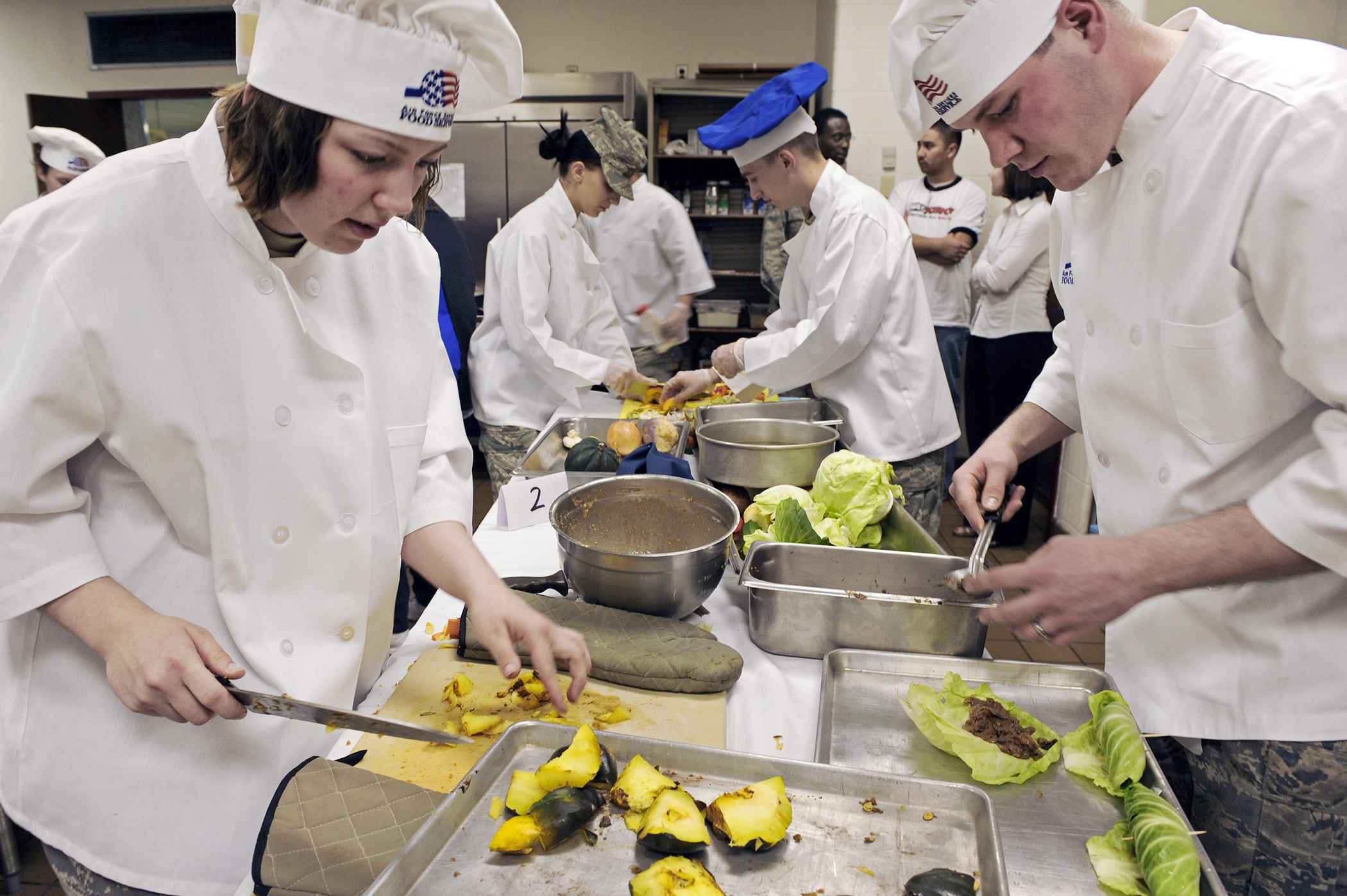If Millions Are Unemployed, Then Why Can’t Companies Find Workers?
You must have heard about the spiking unemployment rate ascribed to the worldwide pandemic: this is no news.
So what’s the labor shortage of 2021 all about? According to The Wall Street Journal, this spring has seen more job openings in the U.S. than before the pandemic hit in March 2020.
Despite that, so many restaurants have found themselves in a prolonged state of crisis, and it’s getting increasingly difficult to find qualified personnel. That’s right, restaurants and similar businesses in the hospitality industry are not only struggling with rebuilding a solid customer base but also with (re)hiring workers as restrictions relax, and the global economy shows its very first signs of recovery.
Even corporate businesses are facing some struggles. As they strive to quickly bring back their workforce to the office, the so-called ‘return to work anxiety’ (reported worldwide and regardless of the business sector) settles in stronger among their employees.
Labor Shortage? How can that be?
The foodservice industry runs on plenty of demanding, on-the-field, high-effort labor, so it depends on occupations that have suffered significant shortages during the past year.
For example, warehouse workers are essential to wholesale suppliers because someone needs to carry the food, pack it up, and load it in the food truck. Then you require experienced drivers for timely deliveries to restaurants and similar customers. Similarly, running a restaurant relies on heaps of work and people qualified to do that work: chefs, line cooks, kitchen assistants, waiters, dishwashers, as well as cleaning and delivery personnel.
Why is it so hard to find people for these roles? It seems like childcare, fear of infection, and unemployment benefits are some of the main catalysts behind the crisis.
Smaller and medium owners in the foodservice industry face an odd predicament as people apply for their jobs only to ditch the actual interviews.
Amidst this ongoing crisis, the state of New Jersey has announced that the work search requirement has been temporarily suspended due to increased safety concerns.
And they are not exactly wrong in their decision. In February 2021, the University of California conducted a study showing that risk ratios for mortality comparing pandemic time to non-pandemic time were highest among cooks – and many other high-risk foodservice professions are on the very same list.
On the other hand, businesses are also not wrong in believing that extensive unemployment benefits have worked against their chances of operating at higher capacities. However, this quandary stretches far beyond the reductive claim that “nobody wants to work anymore”. The painful truth is that nobody wants to work in a high-risk, high-effort environment andon a low wage.
What’s left to do to combat this labor shortage?
To combat these issues, wholesale suppliers and restaurant chains have introduced additional benefits for potential workers: sign-in (and other extra) bonuses, higher salaries, and extra paid leave. Where does that leave smaller local businesses, which are barely pulling through as it is?
As of now, no precise and immediate answer can be given to the labor shortage, but there’s some hope being placed into the ongoing vaccine rollout, which can, at a minimum, address infection-related anxieties and encourage more people to take a step forward.
The Future is Robots?
In the long term, however, the aggravating labor shortage here in the U.S. must be addressed sustainably. Although the hospitality industry has been facing these difficulties for a long time. But Ben Friedman, CEO at Riviera, finds that the current situation goes way beyond anything the industry has seen for decades.
“We have been experiencing great difficulty filling drivers and warehouse worker positions, which were eliminated due to the pandemic. We can’t find anybody. Competitors are offering substantial sign-on bonuses for drivers. Amazon has a $1,000 sign-on bonus for their 75,000 warehouse job openings and is still experiencing problems. Is this where the robots come in to save the day? We have never seen anything like this in our 30 years of business.”
Nonetheless, there is still quite a long way until large-scale automation may take the place of human labor. Rather than replacing human jobs, we have seen that automation tends to transform the job rather than fully replace it – if and when we bring in the robots, this will only create a new type of demand for people that can run and maintain the machinery. However, even that seems more like a science-fiction scenario than a feasible reality to small restaurants, simple farms, and local producers.
Will A.I replace cooks in 2023?
Can chefs be replaced by artificial intelligence?
No. AI can act as an assistant. Since humans do very complex tasks in a kitchen.
The problem with all these rumors “When will AI replace restaurant chefs” is that tend to be subjective. as if all or nothing.
A.I can make the most of it while they are being used for food processing and cooking common recipes. They could be used by large food production companies
It is unlikely that machines are going to replace cooks during 2023.
Final Thoughts
It seems that a much more complex solution is needed: something that can simultaneously address both business and human needs.
Food industry challenges are just around the corner in 2023, withstanding the new wave of economic issues, and shortage economy is this year’s “hard times”.
Amidst these times of (economic) uncertainty, aid and well-thought reform could keep the industry going, whilst making it all the more attractive to existing or future workers.

